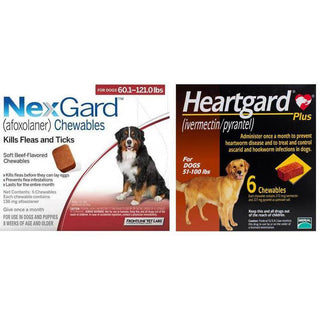
Introduction
Fatty liver disease in dogs, medically referred to as hepatic lipidosis, is a concerning and frequently underdiagnosed condition affecting dogs of any age or breed. It happens when too much fat builds up in the liver, hindering its normal functions. Because the liver is essential for digestion, detoxification, and storing energy, any impairment can seriously affect your dog’s overall well-being.
In this blog, we’ll explain fatty liver disease in dogs, what causes it, common symptoms to look out for, how it's diagnosed, and the best treatment options available.
What is Fatty Liver Disease in Dogs?
Fatty liver disease occurs when excess fat accumulates within the liver cells, disrupting normal liver function. This can often be caused by underlying health problems or a sudden loss of appetite. The condition can become life-threatening if not addressed promptly. While it’s more commonly discussed in cats, dogs can also suffer from this liver disorder, especially during periods of stress or illness that result in reduced food intake.
Causes of Fatty Liver Disease in Dogs
Several factors can contribute to the development of fatty liver in dogs, including:
- Poor nutrition or sudden fasting: Dogs that stop eating suddenly due to stress, illness, or dental pain may be at risk.
- Obesity: Overweight dogs are more prone to fat accumulation in the liver.
- Diabetes mellitus: A hormonal imbalance can increase fat metabolism, leading to liver fat deposition.
- Hyperadrenocorticism (Cushing’s disease): This condition alters metabolism and may contribute to liver fat storage.
- Toxins and medications: Certain drugs or toxins can damage liver cells, impairing fat metabolism.
Common Symptoms of Fatty Liver Disease
Fatty liver disease can be challenging to detect in the early stages because the symptoms are often vague. However, some common signs include:
- Loss of appetite
- Lethargy or weakness
- Vomiting or diarrhea
- Weight loss
- Jaundice (yellowing of the eyes, skin, or gums)
- Abdominal swelling or pain
- Excessive drooling
If you notice any of these symptoms, consult your veterinarian immediately for a thorough evaluation.
How is Fatty Liver Disease Diagnosed?
Your vet will review your dog’s medical history and perform a physical examination. Your veterinarian might suggest further diagnostic procedures, including:
- Blood Work: Used to evaluate liver enzyme levels and determine how well the liver functions.
- Ultrasound imaging: To examine the liver’s size, texture, and appearance.
- Liver biopsy: In some cases, a tissue sample is required to confirm fatty liver and rule out other liver conditions.
Treatment Options for Fatty Liver in Dogs
Detecting the condition early and starting treatment without delay can greatly enhance your dog’s chances of recovery. Possible treatment options may involve:
- Nutritional support: High-quality, easily digestible diets rich in proteins and low in fat are often recommended. Your vet may suggest feeding tubes in severe cases to ensure adequate nutrition.
- Medications and Supplements: Depending on the root cause, your vet may recommend medications to help reduce liver inflammation and improve function. Commonly used liver-supporting supplements include SAMe (S-adenosylmethionine) and milk thistle, which are known for their protective benefits.
- Managing underlying conditions: Treating root causes, such as diabetes or Cushing’s disease, is essential to prevent recurrence.
- Regular monitoring: Routine follow-ups, blood tests, and dietary adjustments are necessary to track progress and make necessary changes.
Preventing Fatty Liver Disease in Dogs
If your dog shows possible symptoms of liver problems, it's important to act without delay. Schedule a visit with your veterinarian to ensure a precise diagnosis and the right treatment plan tailored to your dog’s needs.
- Maintain a healthy, balanced diet and avoid overfeeding.
- Ensure your dog gets regular exercise.
- Monitor your dog’s weight and health status routinely.
- Avoid sudden changes in diet or extended periods of fasting.
- Schedule regular vet check-ups to catch early signs of illness.
Final Thoughts
Fatty liver disease in dogs is a serious but manageable condition if caught early. As a responsible pet owner, staying alert to your dog’s eating habits, energy levels, and physical symptoms can make a big difference. Most dogs can recover and lead happy, healthy lives with prompt veterinary care, dietary support, and lifestyle management.
If you notice any potential signs of liver issues in your dog, act quickly. Contact your veterinarian immediately for an accurate diagnosis and a personalized treatment approach.






